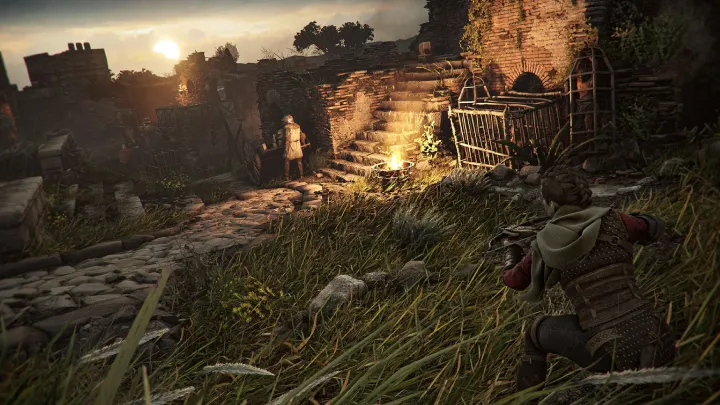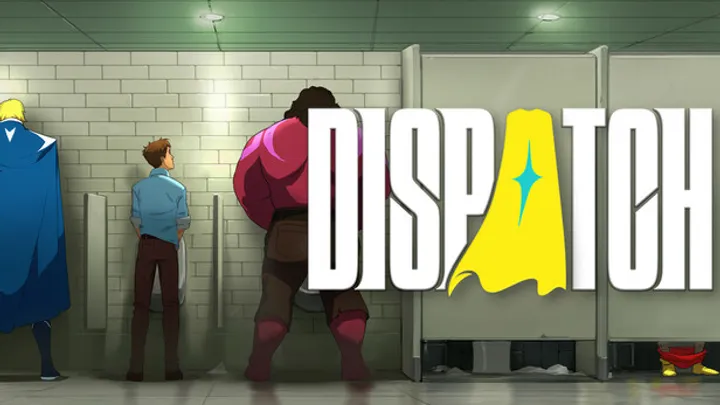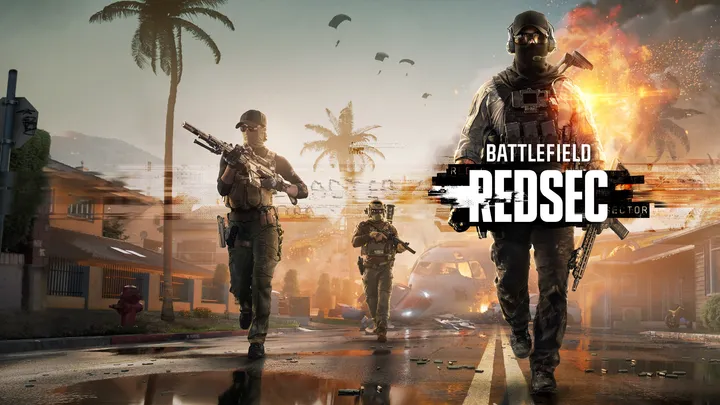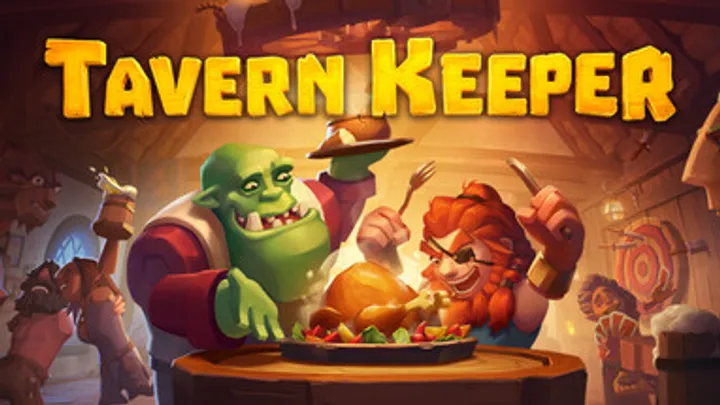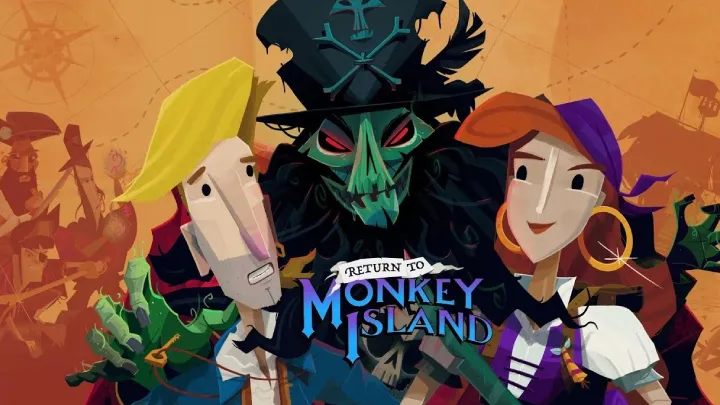
Introduction
A Plague Tale: Requiem, the sequel to A Plague Tale: Innocence, plunges players back into the harrowing journey of siblings Amicia and Hugo de Rune. Set against the backdrop of a dark, plague-ridden medieval world, the game offers a profound exploration of survival, moral dilemmas, and the bond of family amidst the chaos of war and disease. While the first installment set the stage for the siblings’ perilous journey, Requiem escalates both the emotional stakes and thematic complexity, challenging players to navigate not only the physical dangers of their world but also the ethical implications of their choices. This article delves into the specific issue of survival and morality in A Plague Tale: Requiem, analyzing how these themes manifest through gameplay, narrative, and character choices.
The World of Darkness: Setting the Tone
A Harsh Reality
Requiem immerses players in a world characterized by despair and fear, where death looms at every corner. The pervasive atmosphere is crafted meticulously with stunning visuals and haunting sound design, drawing players into a landscape littered with the remnants of war and disease. The world feels alive, yet it is suffocated by an oppressive darkness that reflects the emotional turmoil experienced by the characters.
Environmental Storytelling
The environment itself tells a story of decay and loss. Abandoned villages, corpses scattered across the landscape, and oppressive weather patterns create a vivid sense of place. Sidebar encounters with villagers offer glimpses into their suffering, illustrating the broader societal collapse resulting from the plague and conflict. This contextualization enhances the thematic weight of survival, emphasizing that the struggle for life extends beyond Amicia and Hugo.
Immersion Through Mechanics
The gameplay mechanics reinforce the bleak reality of the world. Players are constantly tasked with resource management—scavenging for supplies, crafting tools, and making moral choices that affect their survival. The game urges players to make tough decisions, blurring the lines between right and wrong. Every choice made within this unforgiving environment amplifies the central themes of survival and morality.
The Bond of Family: Amicia and Hugo’s Relationship
Sibling Dynamics
At the heart of Requiem lies the relationship between Amicia and Hugo. Their bond, forged through traumatic experiences, becomes both a source of strength and vulnerability. As players navigate the world, they witness their dependence on one another—a crucial element that underscores the importance of familial love in a chaotic environment.
Love Amidst Pain
The moral complexities of their journey are often highlighted through their interactions. Amicia’s protective instincts toward Hugo drive her choices, blurring the line between safeguarding him and making morally ambiguous decisions. For instance, her willingness to resort to violence to protect him poses significant ethical questions, challenging players to consider the ramifications of their choices.
Consequences of Protection
As the story progresses, players witness the emotional toll this relationship takes. While Amicia’s intention is to protect Hugo, the weight of their survival increasingly impacts her mental state. This internal conflict is palpable, leading players to reflect on the lengths one will go to for family—a questioning of morality that adds depth to the gaming experience.
Survival in a Hostile World
Resource Management
A crucial gameplay element in Requiem is the management of resources. Players are constantly forced to make decisions based on limited supplies, whether it’s choosing between crafting a distraction or making a weapon. This scarcity creates tension, as players must think critically about every choice and action.
Game Mechanics as Moral Choices
Survival forces players into moral dilemmas. Do they steal from other survivors, risking their humanity, or take the high road and stick to moral principles? This element of choice amplifies the emotional stakes, making every encounter not just about immediate survival but also about the long-term consequences of their actions.
Evolving Gameplay Challenges
The game introduces varied gameplay challenges, from stealth mechanics to puzzle-solving, which require players to engage with the environment creatively. This focus on survival through gameplay reinforces the thematic core of the narrative, creating a seamless connection between action and moral implications.
The Impact of Plague: A Symbol of Desolation
The Plague as a Constant Threat
In Requiem, the plague serves not only as a backdrop but also as a manifest threat that impacts gameplay and narrative. The relentless encroachment of rats symbolizes death and decay; they are not merely environmental hazards but representations of the larger themes of hopelessness and destruction.
Disease and Morality
The omnipresence of the plague complicates decisions regarding survival. Players must grapple with ethical dilemmas related to saving their own lives versus the lives of others. When faced with the choice to sacrifice a vulnerable person for their own safety, the game forces a confrontation with the darker aspects of human nature—raising questions about morality in the context of survival.
A Reflection of Humanity
The plague also serves as a reflection of humanity's tendency toward chaos in times of crisis. Instances of betrayal, fear, and loss permeate the narrative, showcasing how normal moral codes break down in the face of overwhelming despair. This critique of human nature adds depth to the game’s exploration of survival and morality.
Themes of Trauma and Healing
The Weight of Past Experiences
Throughout Requiem, characters grapple with the psychological weight of their traumatic experiences. Amicia, in particular, struggles with memories of violence and loss, raising questions about the long-lasting effects of trauma. Players witness her internal battle as she attempts to reconcile her past with her responsibility toward Hugo.
Healing Through Connection
Conversely, moments of connection provide glimpses of hope amid tragedy. The siblings’ relationship serves as a source of healing, with their supportive exchanges representing the potential for recovery and resilience. These moments of tenderness contrast sharply with the game’s darker elements, offering players a chance to reflect on the complexities of trauma and the importance of familial bonds in healing.
The Role of Community
Throughout their journey, Amicia and Hugo also encounter other characters who embody different responses to trauma—some coping well, while others succumb to despair. These interactions reveal how communities can be shaped by shared experiences of pain and survival. The portrayal of community responses sheds light on the societal impact of crises, enhancing the narrative’s exploration of trauma.
Moral Ambiguity in Character Choices
Complex Characters
The character arcs in Requiem contribute significantly to the exploration of morality. The game presents morally ambiguous figures, challenging players to evaluate their motives. Characters like Lucas, who assists Amicia and Hugo, highlight the complexities of allegiance and choice, forcing players to confront their assumptions about morality in the face of crisis.
Ethical Dilemmas and Character Development
As players make choices that affect character relationships and story outcomes, they are invited to engage with the ethical implications of their actions. Whether choosing to spare an enemy or enact revenge, these decisions propel character development, shaping how the story unfolds. The resulting consequences serve as a reminder that every choice carries weight, further entrenching the themes of survival and morality.
The Cost of Survival
The narrative underscores that survival often comes at a cost. Characters who resort to violence or betrayal may find temporary success, but the emotional ramifications linger. The game emphasizes that the struggle for survival is not only physical but also deeply psychological, urging players to consider the impact of their choices on their integrity and humanity.
The Journey of Hope: Searching for a Better Future
The Quest for Sanctuary
Despite the darkness, Requiem features a potent theme of hope and the search for a better future. Amicia and Hugo’s journey is not only about survival but also about looking for sanctuary—a place where they can live without fear. This overarching goal drives the narrative, propelling them through perilous landscapes and moral complexities, highlighting their resilience amidst the chaos.
Faith in Change
The siblings’ determination reflects the broader theme of faith in change. Although they face overwhelming obstacles, their journey is bolstered by their connection to one another and their desire for a brighter tomorrow. This embodiment of hope serves as a powerful counterbalance to the game’s darker themes, reminding players that even in despair, the search for better prospects is an integral part of the human experience.
The Power of Relationships
As the narrative progresses, Requiem emphasizes the importance of relationships in fostering hope. The bonds forged with characters met along the way serve as symbols of resilience, suggesting that collective support is essential for overcoming adversity. These relationships highlight that survival is often intertwined with the strength gained from connection, echoing the central themes of family and community.
The Climactic Resolution: Choices and Consequences
A Path of Consequences
As the story reaches its climax, players confront the culmination of their choices throughout the journey. The decisions made by Amicia and Hugo manifest in powerful ways, leading to resolutions that are both fulfilling and haunting. This narrative structure reinforces the weight of earlier decisions, illustrating how every choice made resonates throughout the story.
The Final Moral Reckoning
In this climactic moment, players confront the ultimate moral reckoning. Sacrifices may need to be made, and the siblings are forced to evaluate the cost of survival against their values. The emotional intensity of these moments engages players on a profound level, culminating in a transformative experience that challenges their understanding of right and wrong.
Echoes of Survival and Morality
The concluding sequence of Requiem resonates with themes of survival and morality. The culmination of their journey provides a lens through which players can reflect on their own experiences and the fragility of human existence. Even against a backdrop of inevitable suffering, the game emphasizes that survival and morality are intertwined, leaving a lasting impression on players.
Conclusion
A Plague Tale: Requiem masterfully weaves together themes of survival and morality, creating an emotionally charged narrative that compels players to confront their values amidst a dark, plague-ridden world. Through its deeply developed characters, immersive gameplay mechanics, and rich environmental storytelling, the game engages players on both a surface and profound level. The struggle of Amicia and Hugo serves as a reflection of the complexities of human nature, where love, sacrifice, and ethical challenges intertwined in the broader context of survival. Ultimately, Requiem is not just a tale of overcoming adversity; it is a poignant exploration of the human condition, reminding us that the fight for survival is as much about our choices and relationships as it is about our physical endurance.